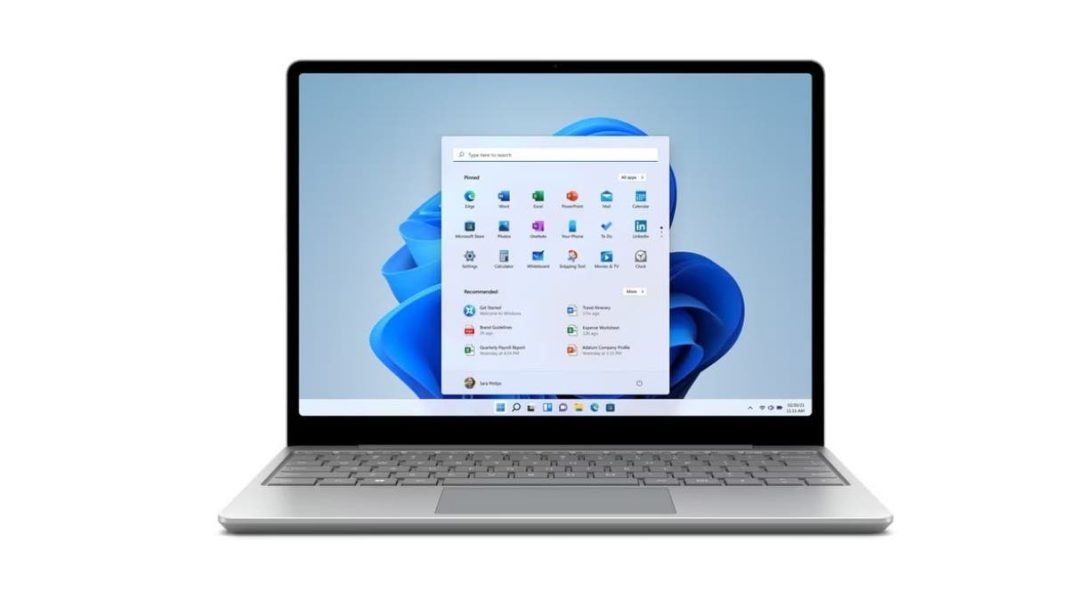Windows 10 Security Crisis: Ransomware Threat Looms as Microsoft Support Ends
Microsoft has issued a stark warning that Windows 10 systems will become vulnerable to ransomware attacks when official support ends in 2025. According to the company’s Digital Defense Report, over 90% of ransomware incidents target unsupported PCs, creating urgent security risks for millions of users worldwide.
Key Takeaways
- Windows 10 support ends in 2025, leaving systems unprotected
- Over 90% of ransomware attacks target unsupported systems
- Upgrading to Windows 11 provides ongoing security updates
- Multiple protection steps can reduce immediate risks
Why Unsupported Systems Are Dangerous
When Windows 10 stops receiving security updates, vulnerabilities remain unpatched, giving ransomware and malware easy access to personal files. Attackers can encrypt data or steal banking credentials and personal information. Identity theft and financial fraud often begin with outdated systems that cybercriminals can exploit.
The Upgrade Delay Trap
Microsoft identifies “just one more year” thinking as a major risk factor. Every delay increases exposure to threats, as extended security updates offer only limited coverage. Without regular monitoring, new vulnerabilities may remain undetected for months while attackers quietly collect data.
Real Costs of Waiting
While upgrading may seem expensive, the potential costs of data loss, fraud resolution, and downtime far exceed the price of a new device. Even one unsupported computer in a network can create a weak spot that exposes all connected systems.
How to Protect Yourself Now
1. Upgrade to Windows 11
Check if your PC meets system requirements. Most modern AMD and Intel processors already qualify. Upgrading ensures ongoing security updates that patch vulnerabilities and improve performance.
2. Install Strong Antivirus Protection
Be cautious with links and attachments, as cybercriminals often send fake update notifications. Install robust antivirus software that can detect and block malicious files before they infect your system.
3. Use Data Removal Services
Remove personal information from data broker websites to limit what scammers can use for phishing attacks. While no service guarantees complete data removal, these services systematically erase personal details from hundreds of sites.
4. Secure Your Logins
Enable two-factor authentication for sensitive accounts and use strong, unique passwords. Consider a password manager to generate and store complex credentials securely.
5. Regular Data Backups
Maintain backups on external drives or cloud services. Automatic backups ensure you can restore files without paying ransom if attacked.
6. Stay Informed
Monitor official Microsoft announcements and apply updates promptly. Knowledge and proactive security measures provide the best defense against evolving threats.
Final Thoughts
Unsupported systems create growing risks that become more dangerous over time. Continuing with Windows 10 after support ends means depending on luck rather than protection. Upgrading maintains both system security and personal privacy in an increasingly dangerous digital landscape.






